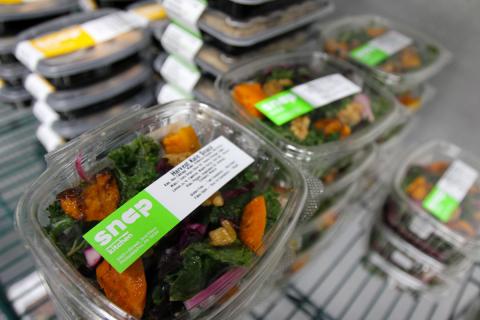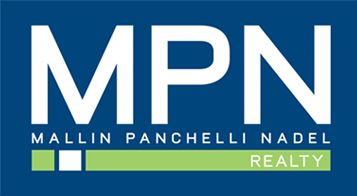PHILADELPHIA — A city, like an army, travels on its stomach.

And with central Philadelphia having the second-largest residential population in the country, its citizenry needs to be fed.
In sum, the city right now is experiencing a food growth spurt – at all price levels.
Deals abound for posh, new restaurants, including Scarpetta, a splashy Italian out of New York, coming to the Rittenhouse Hotel; Tasty Tuscan, billed as a four-star Italian (by Italian businessmen) with a marketplace, coming to the former Tashan space at 777 S. Broad St.; and, if scuttlebutt is correct, P.J. Clarke’s, an offshoot of the century-plus-old New York City saloon, setting up in the Curtis Center on Washington Square.
Philadelphia also is now the first East Coast city for a somewhat more modestly priced import: Snap Kitchen, a series of shops that sells healthfully prepared, refrigerated packaged foods made in a central local commissary.
Economics are thwarting small-time operators such as chefs eager to open their first restaurants. Rents are up considerably all over the core of the city – following a swath from Fishtown across to Brewerytown and down through South Philadelphia.
Douglas Green of MSC Retail says rents are up 50 percent over the last five years in the Rittenhouse Square neighborhood. Rents vary block by block; while a space on Locust Street may lease for $45 to $50 a square foot, the price is now double on the hotter blocks ringing the square.
Even the “value” fringe neighborhoods are seeing higher prices. Nadia Bilynsky, a broker with MPN Realty, says that depending on the space and the location, a restaurateur in Fishtown can expect to pay $20 to $35 a square foot. Back only two or three years ago, prices were in the high teens to $25 a foot.
Add to that the price of liquor licenses, which not only are a business asset but generally drive higher profits for restaurants that operate as a BYOB.
Last June, a so-called “R” (restaurant) license in Philadelphia sold for about $120,000. Only eight months later, said Bill Morrin, a lawyer who specializes in licenses, the going rate is approaching $190,000 – “if I can get one,” he said. Licenses are commodities, traded on the market while subject to state approval.
Morrin said that the city has been applying greater pressure to businesses to collect liquor taxes. Rather than cut deals, Morrin said, the city has been choosing to shutter restaurants and bars. The shutdowns then also result in sanctions against the liquor licenses themselves. When the accumulated penalties and back taxes are higher than the licenses’ worth, the licenses legally disappear. Each county in Pennsylvania has essentially a fixed number of licenses, and the number drops each year.
Chain restaurants and even local restaurants funded by private equity – such as Bryn & Dane’s (coming to Center City) – are the major players now, as are the many supermarkets that buy licenses to sell beer. The new MOM’s Organic Market opening in East Market is applying for one, for example. So is Essene Market in Queen Village, which under new owners has broadened its line to include meat and now wants to sell beer.
“I’m seeing a transition from the everyday, mom-and-pop corner bar that I grew up with in Fishtown and Wissinoming,” Morrin said. “There are fewer and fewer of them, but more larger, corporate establishments; Boxers [a gay sports bar] can come in [to 13th and Walnut Streets] and make a splash. There aren’t too many buyers with that kind of money.”
The NPD Group, a global information company, says the restaurant count in the Philadelphia metro area actually dipped last year, as it did nationally.
No surprise, the independents were the losers.
The number of independent restauarants fell from 8,120 to 7,650, for a 5.6 percent drop, while the number of chain restaurants was essentially flat (4,574 in 2014, compared with 4,546 in 2015). NPD did not count specifically the number of restaurants within the boomtown of downtown Philadelphia.
The Philadelphia area has 20 restaurants per 10,000 residents, about the mean for a large U.S. city.





